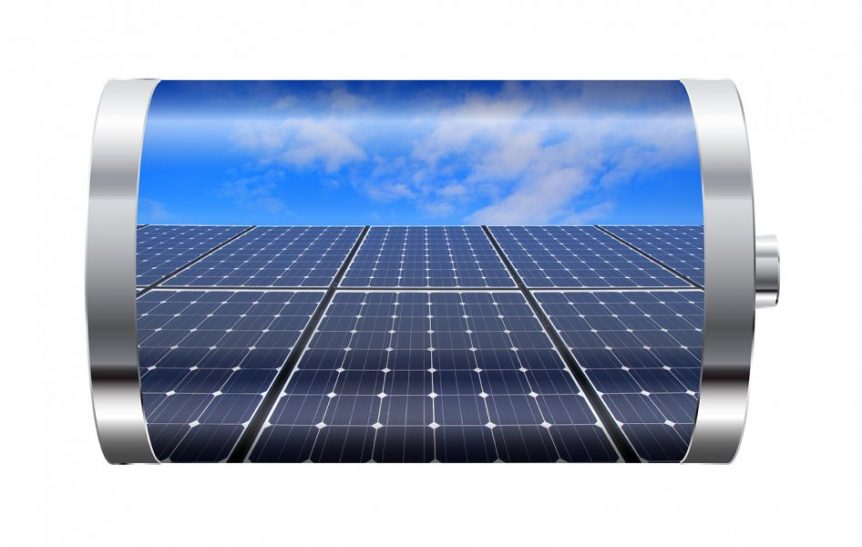The energy storage market is booming—and there’s plenty more growth to come. The energy storage market is lessening the load on the grid, while also creating a more efficient energy supply system for the market. With equipment costs falling and new renewable energy incentives popping up to support the technology, people are flocking to invest in energy storage. The cost of energy storage has declined by 74% since 2013 and looks set to continue falling—with a forecasted 8% decline per year through the mid-2020s.
The pairing of energy storage and solar power is extremely popular because of the excess energy that solar panels are capable of producing. In order to become less reliant on the grid, some people invest in energy storage to make sure they have enough energy to cover their needs throughout the entire day. In particular, people don’t like to rely on the grid during peak evening times—when electricity is generally at its most expensive. Instead, those with energy storage systems can switch over and use the energy stored in their batteries to reduce the electricity bill.
However, the benefits of energy storage go beyond utility bill savings. The energy storage industry is boosting the economy because employment is increasing drastically in the industry. Energy storage jobs have increased by 235%. In fact, job growth in the energy storage industry is expected to reach a staggering 859% increase by 2022.
With companies like Lockhead Martin, GE, and Tesla leading the sector, there is scope for a huge amount to be accomplished. Millions of dollars are going into research for the development and commercialization of the energy storage industry. Not only that, but with the money invested, companies are looking to lower costs so more people can access energy storage systems for their homes.
The cost of materials and building for renewable energy have decreased dramatically in recent times—to the point where many big utility companies are moving towards renewable energy with energy storage. This helps cut the price of utilities, as natural gas power plants are so expensive. With solar-plus-storage, utility companies can depend on the sun to generate massive amounts of energy.
A massive lithium-ion storage system price drop happened from 2014-2015. At this time prices dropped by 29%. The following year, prices dropped another 26%—and continued to drop in the years following this. As hardware costs fall, the price of the energy storage system itself is expected to decline too—with a forecasted drop of 36% by 2022.
One of the biggest reasons why the industry is constantly growing is the provision of energy storage incentives in many states across the country. With federal and state regulators constantly coming out with new incentives, market opportunities are developing in a manner very favorable for companies.
Recently, the New York Public Service Commissions released a $300 million market incentive set for the entire state—primarily to fill the 3,000 MW by 2030 energy storage target. Some analysts have predicted that the Federal Energy Regulatory Commission will want another 5,000 to 7,000 MW nationwide. Incentives and targets boost market growth, while also eradicating barriers which could hinder further market growth in the future.
The policy created by legislatures also plays a role in how the energy storage industry works. The White House issued over 30 executive actions to accelerate grid integration of renewable energy and storage in 2016. This could mean at least 1.3 GW of energy storage procurement through 2021. Investments of over $1 billion are also expected.
Energy storage is an industry with a clear upward trajectory. If you would like to learn more about energy storage, and how it works alongside solar energy systems, please contact YSG Solar today at 212.389.9215.
By Kasey Liu
Sources:
https://www.edf.org/energy/energy-storage
https://sepapower.org/resource/2018-utility-energy-storage-market-snapshot/
Featured Image Source:
https://www.nnergix.com/wp-content/uploads/2016/11/solar.batteries-862x547.jpg

